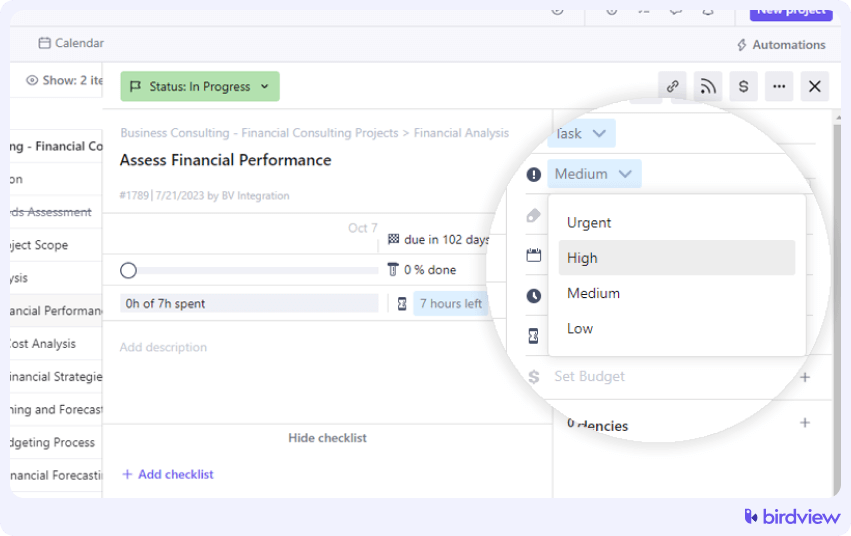Over the course of my career I‘ve encountered many people who define something as a “project” even though it‘s really not. Sometimes the term is a buzzword that gets tossed around the boardroom, other times it‘s an honest misunderstanding of requirements. In every case, I‘ve had to define a real project and help them set their sights on something concrete.
In order to clear up any other misconceptions out there, here‘s a quick and dirty list of what projects are not:
Not collaborative
You might be able to call your attempt at home improvement a “project”, but for businesses and organizations, the scale is a bit too small. Truly professional-level projects require collaboration between different people or groups in order to achieve the greatest effect. Solo operations aren‘t any more “projects” as they are a “team”.
Unfocused
Projects are meant to accomplish a solidly defined goal or set of goals. A scattershot effort with vague objectives is just that–unfocused, non-directed, and most likely not going to be very effective. The problem here is that clients often mistake “benefits” for “objectives”.
One of the easiest project examples to understand is bridge construction. Yes, building a bridge can increase commerce, speed up travel, promote tourism, and create jobs. But those are all benefits. The actual project is the bridge itself.
It doesn‘t move the organization forward
Projects are supposed to be a benefit to the organization. It‘s unfortunate to say, but I‘ve handled a couple of projects that were essentially “money sinks”, which were undertaken just because there was some room left in the annual budget, and they needed to spend it otherwise next year‘s budget would shrink. Although my company was paid no problem, the project was a waste in all other aspects. The client didn‘t care how much time we put into it, nor the quality of the deliverables.
True projects drive things forward. If the organization isn‘t better off for having done the project, then why do it in the first place?
It‘s an ongoing activity
By far the biggest mistake people make when defining a project is confusing them with ongoing operations. Ongoing operations are very different from ongoing projects. The key difference is that ongoing operations are a normal part of how a company does business (like producing cars), while an ongoing project is a project whose end date has been repeatedly extended and delayed. There‘s still a definite end to the project– it‘s just a long time in coming.
Properly defining a project isn‘t just a matter of semantics. It also has very real implications of how a project performs. With the above list, I hope you‘ve become just a little bit wiser in what to expect from your PMO.
How to ensure your project is a real project
To avoid the common pitfalls of misdefining a project, it’s crucial to use tools that help maintain clarity and focus throughout the project’s lifecycle. Birdview’s project management software is designed to keep your project on track by reinforcing key project principles. For instance, Birdview ensures that your project remains collaborative by providing a centralized platform where all team members can communicate and contribute, ensuring that the project benefits from diverse input and expertise.

It also helps keep your project focused on clear, defined objectives by offering tools for setting specific goals and tracking progress against them. This way, you avoid the trap of pursuing vague benefits instead of tangible outcomes.

Additionally, Birdview can distinguish between ongoing operations and legitimate projects by setting firm deadlines and milestones, preventing the project from becoming an endless activity without a clear endpoint. Finally, with features like project scoring and prioritization, Birdview ensures that your project aligns with strategic goals and delivers real value to the organization, moving it forward rather than just consuming resources.




